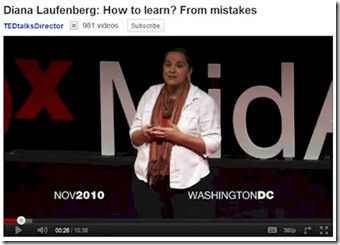Yes, it is back to school season. But Seth Godin’s incisive plea for such restructuring of education suggests that it may be ‘Back to (the wrong) school’ season.
Education factories fill Office Worker factories. Part of many Dynamic Work transformations includes a range of re-skilling and education around new tools, new ways of working, new ways of communicating. But as the world moves inexorably to Dynamic Working (and those not so moving get left behind at their peril), we can start the readiness much earlier. Back in school, for example.
“Part of the rationale to sell this major transformation to industrialists was that educated kids would actually become more compliant and productive workers. Our current system of teaching kids to sit in straight rows and obey instructions isn't a coincidence–it was an investment in our economic future. The plan: trade short-term child labor wages for longer-term productivity by giving kids a head start in doing what they're told… Do you see the disconnect here? Every year, we churn out millions of of worker who are trained to do 1925 labor… As long as we embrace (or even accept) standardized testing, fear of science, little attempt at teaching leadership and most of all, the bureaucratic imperative to turn education into a factory itself, we’re in big trouble.”

